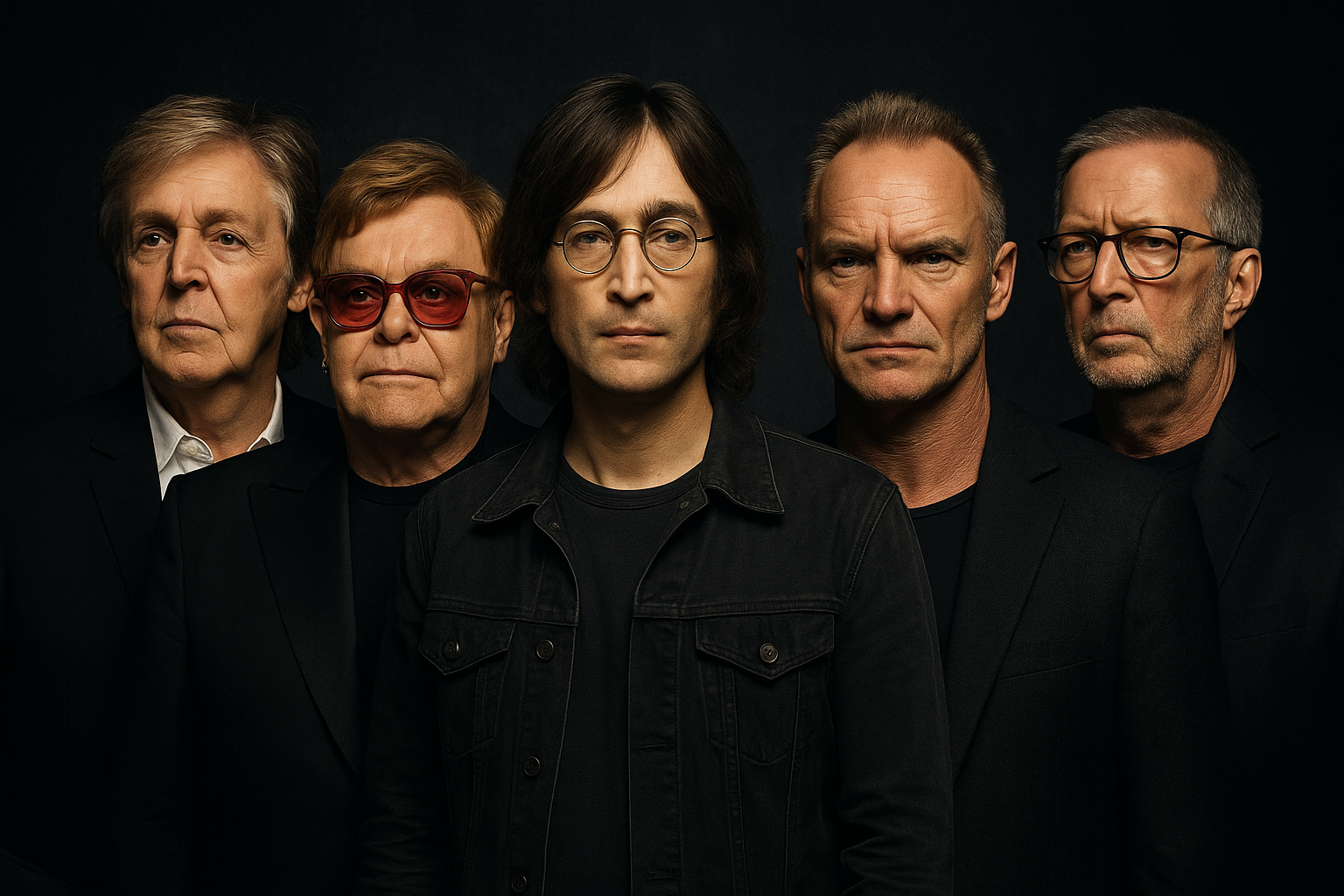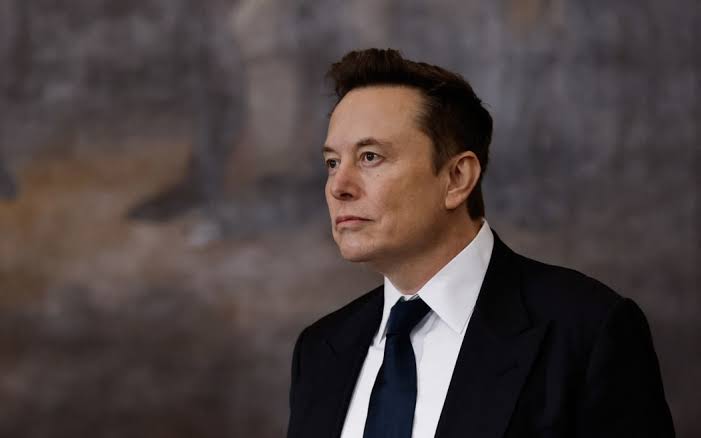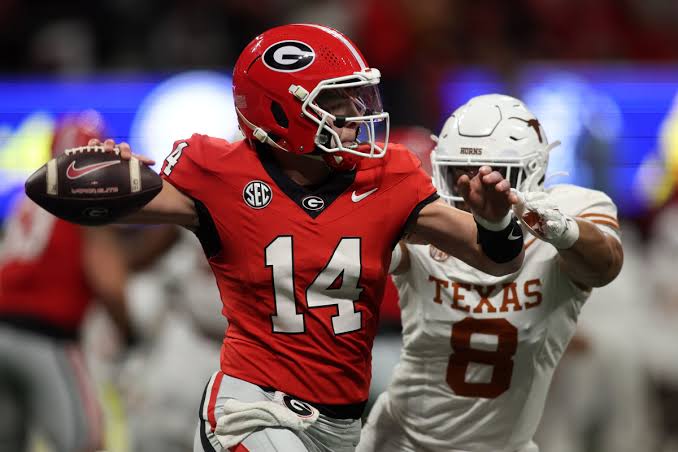Before Led Zeppelin’s much-anticipated comeback, tensions ran deeper than most fans realized. While the world waited for the legendary reunion, Robert Plant faced a personal crossroads that would change everything. It wasn’t about fame or fortune—something far more important made him walk away. This is the untold story behind the moment Plant said, “I don’t need the money,” and chose his own path over the spotlight once again.
When legendary bands reunite, fans often expect magic. But the truth is, getting back together isn’t as easy as just plugging in and turning up. For some, the years bring too much baggage, physical wear, or diverging creative paths. Take The Police, for example — one reunion and done. But if there’s any band whose reunion still feels like unfinished business, it’s Led Zeppelin.
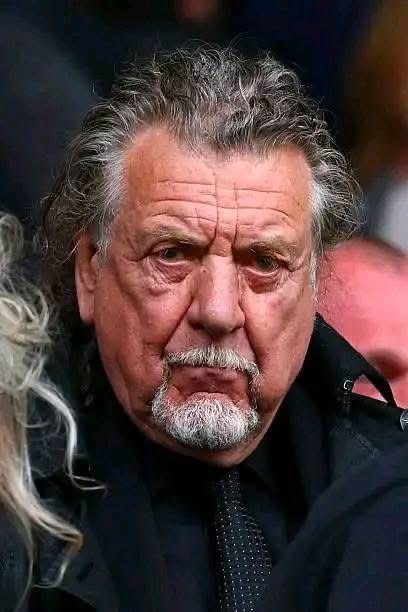
Following the death of drummer John Bonham in 1980, the remaining members rarely stepped on stage together. And while fans clung to hope, it was Robert Plant who remained the biggest holdout. It wasn’t ego — it was evolution. Plant wasn’t interested in mimicking the golden-haired, bare-chested “Percy” persona of the ‘70s. While Jimmy Page could still shred through “Black Dog” and Jason Bonham could admirably fill his father’s shoes, Plant had grown past the hammer-swinging frontman role.
That said, Plant never shut the door completely. His Page and Plant collaborations in the ‘90s offered some interesting reinterpretations of Zeppelin classics, and his work with Alison Krauss showed his range in blending folk and rock — especially on songs like “The Battle of Evermore.” These stripped-down performances arguably had more emotional weight than any attempt at recreating the bombast of “Immigrant Song.”
The 2007 Celebration Day concert remains Zeppelin’s final official reunion, but long before that, there were whispers of a comeback in the ‘80s — particularly after their Live Aid performance in 1985. Though that performance is widely regarded as a misstep, things started to look promising again when Tony Thompson joined them for rehearsals. Working out of Peter Gabriel’s high-tech studio in Bath, the band had the gear, the space, and the muscle to make something special.
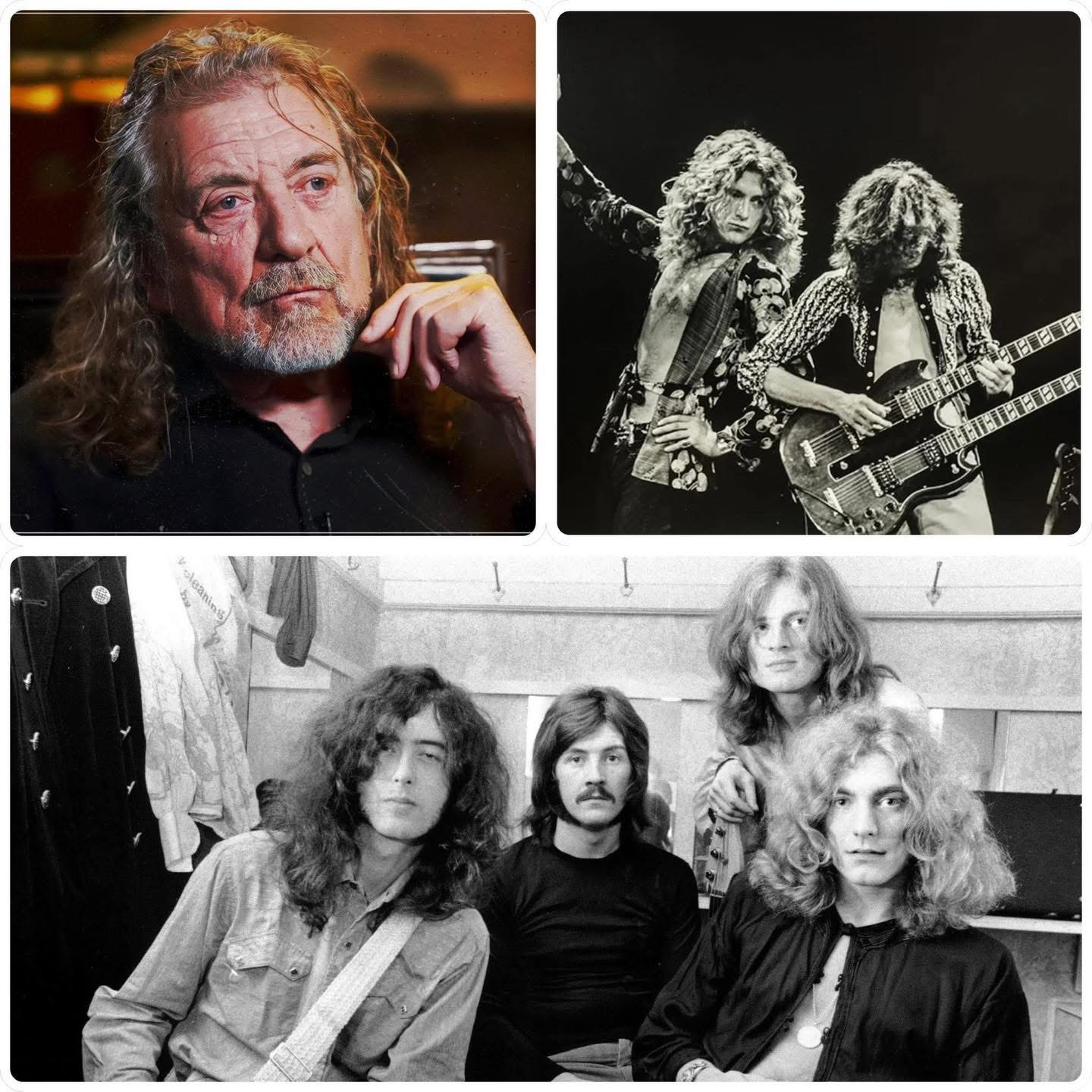
But magic doesn’t happen without chemistry — or a setlist. With no clear musical direction and Thompson being pulled away on another tour, things fell apart fast. The biggest issue wasn’t ability; it was alignment. Robert Plant simply didn’t see the point anymore.
“The whole thing dematerialised,” he recalled. “Jimmy had to change the battery on his wah-wah pedal every one and a half songs. And I said, ‘I’m going home.’ Jonesy said, ‘Why?’ ‘Because I can’t put up with this.’ He said, ‘But you lived with it before.’ I said, ‘Look, man, I don’t need the money. I’m off.’”
By that time, Plant was on a different musical planet. His solo career was in full swing, especially after 1985’s Now and Zen, but even before that, his sound was evolving. Coming off the quirky, Talking Heads-inspired Shaken ‘n’ Stirred, Plant’s new wave leanings didn’t mesh with Jones’ synth nostalgia or Page’s desire to crank out the old-school riffs.
At the end of the day, the failed ‘80s reunion wasn’t really about the mess at Live Aid. It wasn’t about egos, either. Everyone could still play, but they were playing different games entirely. For Plant, it came down to one simple truth: he had already moved on.
And really, can you blame him?
